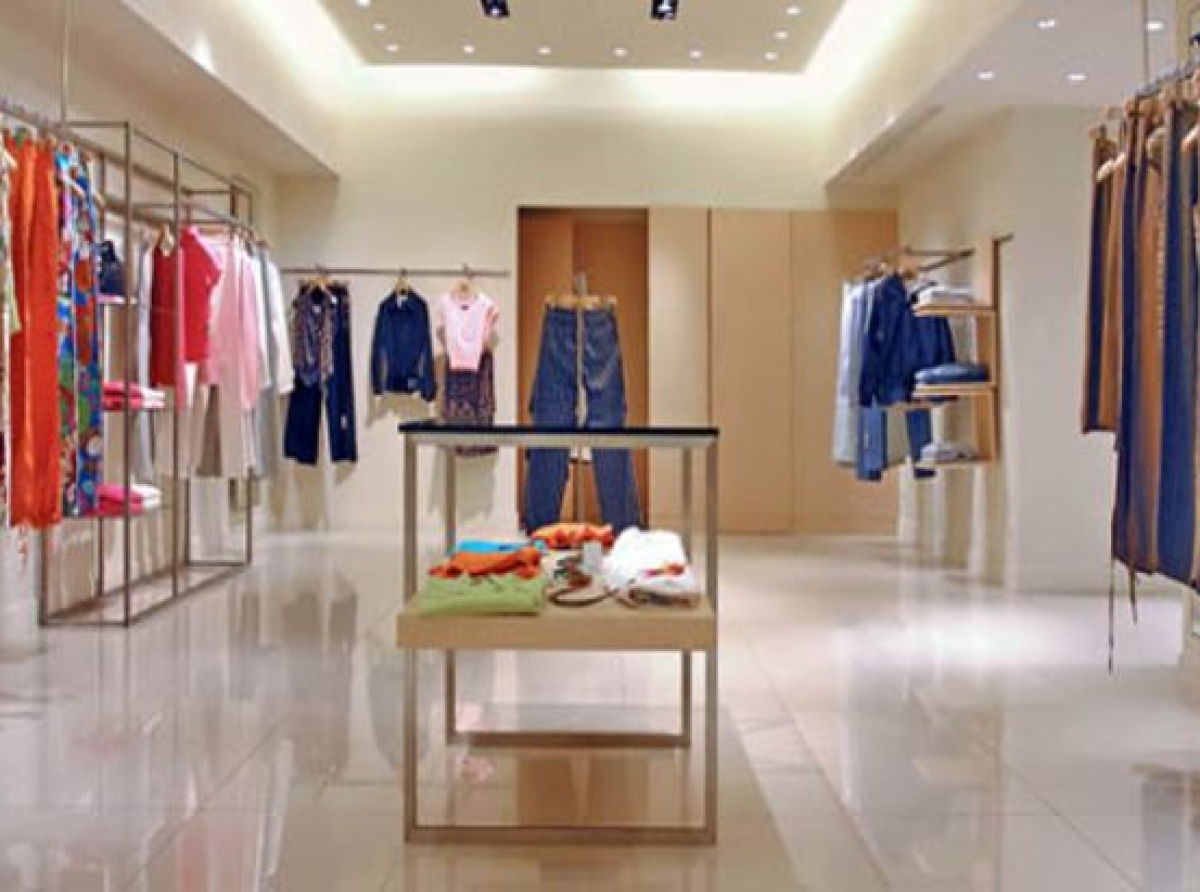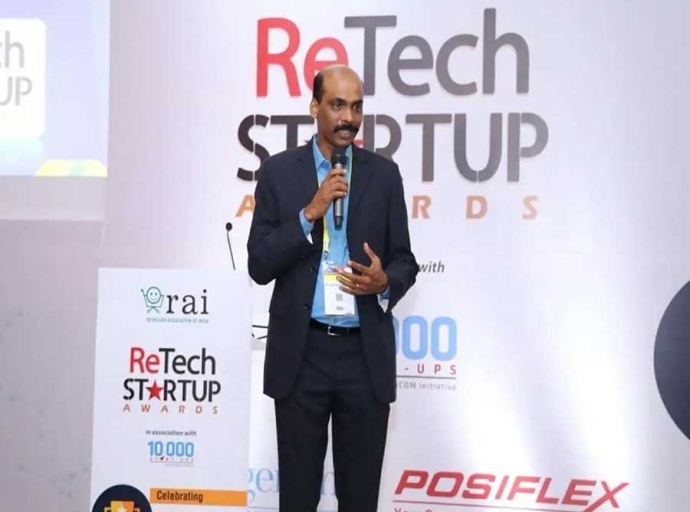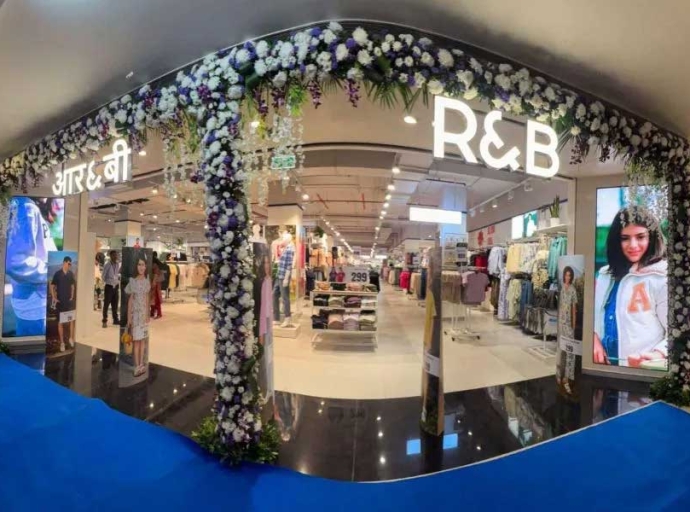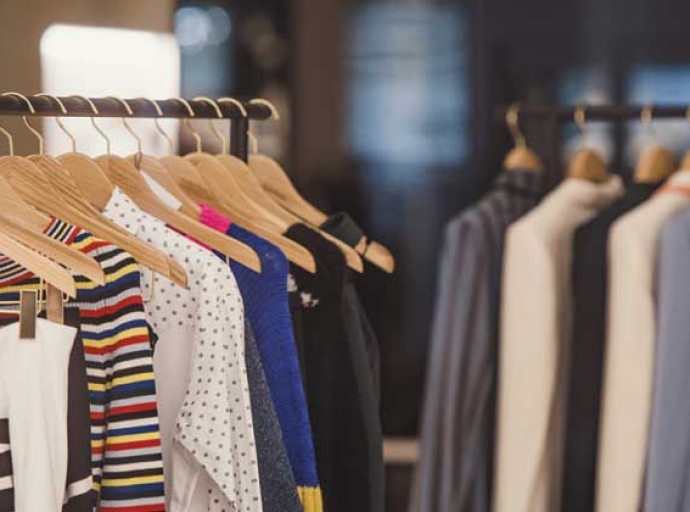29 March 2023, Mumbai
India's fashion retail sector is expected to see good double-digit sales growth in FY23, according to a report by credit rating agency ICRA. Rising discretionary spending and the normalization of store operations post-pandemic are expected to lead to a 45% YoY sales growth.
Fashion retailers' operating profit margins are predicted to be around 7-7.3% due to significant rises in advertisement and promotion spending. India's retail sector saw significant 55% YoY revenue growth in the first nine months of FY2023. Premium brands in Tier-I cities are driving the growth, and the industry has seen nearly 5 million sq. ft. of additional storage space in FY20-FY22.
Growth levers; However, the industry's long-term prospects appear promising, supported by increasing income, favorable demographics, the entry of foreign competitors, and increased urbanization.
The Rise of E-Commerce Culture
Overall, it will be interesting to see how the Indian fashion retail sector continues to evolve in the coming years, particularly as e-commerce adoption continues to rise and consumers' preferences and behaviors shift.
The growing adoption of e-commerce has helped the accessories and footwear segments, which reported a phenomenal 41.2% and 41.7% YoY growth this winter over last year, led by rising consumer interest in products such as perfumes, watches, belts, hats, jewelry, and hair accessories.
Boots and sneakers were shoppers' most popular choices in footwear, while innerwear and bags, and wallets also reported strong growth. Apparel segments account for the majority of e-commerce orders and have seen strong growth of 11.5% YoY this winter.
The strong growth in the accessories and footwear segments is likely due to the growing adoption of e-commerce in India. Consumers are increasingly turning to online channels to purchase products such as perfumes, watches, belts, and jewelry. It's also interesting to note that boots and sneakers were the most popular footwear choices among shoppers.
The growth in innerwear and bags and wallets also indicates that consumers are willing to purchase a wide range of fashion products online.
The tangent of the product line A quick breakdown; The Unicommerce analysis also stated boots and sneakers were shoppers’ most popular choices in footwear. Innerwear was the other emerging segment with both men and women shopping online as numbers report a 29.3 percent YoY growth in winter 2022.
Bags and wallets, although a small segment of fashion, also reported a strong 24.3 percent YoY growth during the same period. The report goes on to state, the apparel segment accounts for the majority of e-commerce orders and has seen strong growth of 11.5 percent YoY this winter.
Bharat is arriving
It's interesting to see the positive growth projections for India's fashion retail sector in FY23, especially given the challenges posed by the COVID-19 pandemic.
The report suggests that rising discretionary spending and the normalization of store operations will be key drivers of growth. It's also noteworthy that premium brands in Tier-I cities are driving the growth and that there has been a significant increase in storage space over the past couple of years.
Some insights into the fashion industry and the Indian fashion retail market The fashion industry is a vastly vibrant, dynamic, and fiercely competitive market that is sustainably evolving. While the industry experienced robust growth in early 2021 through end-2022, it is only acceptable for it to face transitory challenges given the prevalent global business climate and global headwinds the economy is facing currently. Structural issues; The Indian fashion retail market has been maintaining impressive growth in recent years owing to levers such as increasing disposable income, changing consumer preferences, and a burgeoning middle class including Indians becoming more & more fashion-conscious, the market is expected to witness robust expansion in the years to come.
Context setting; Thanks to COVID-19 has left a deep impact on the fashion industry globally. The pandemic in many ways disrupted global supply chains, led to demand shock & postponement, and forced & stimulated retailers to go for an innovative led approach to adopt/embrace novel styles of conducting business, such as online shopping as a case in point.
The article has to emphasize here that, the Indian fashion retail market is all set to register robust growth, underpinning the ongoing effect of the pandemic and the fast-changing landscape of the global business climate on the fashion industry per se. Businesses Forecast Increased Operating Profit Margins in the Near Future With strong consumer confidence and retail staying buoyant on the back of our robust Indian demographics many retailers are declaring stronger balance sheets and positive cash flows.
As per the financial performance of many industry corporate players indulging in expansion spree/ CAPEX mode sector is in a stronger position than they were a year ago. Value Segment Continues to Face Challenges in the Market's Recovery
The Indian middle-class consumers are value-conscious and at the same time want fashionable clothes too. As economy today is facing a trilemma of impeding global recession, high inflation, and elevated interest rates.
Retail industry surveys have observed that it's the lower end of the consumer pyramid which is feeling the hot inflation bite more than other buying strata, Consumers today are looking for ways to lower their clothes purchasing costs and demand and expect high quality at low prices.
Online Retail Industry Experiences Continued Growth as Consumers Embrace E-Commerce Convenience The COVID-19 pandemic has forever changed online shopping behaviours. In fact, more consumers have shopped online since physical stores started re-opening than did when stores were still closed during the peak of the pandemic-induced lockdown. Amazon alone accounted for nearly one-third of all online retail sales since 2020, according to Internet Retail survey time and again.
However, having experienced the convenience of online shopping during the pandemic, it would continue to remain popular among customers. An interesting trade study conducted by Unicommerce mentioned the growing adoption of e-commerce in India has helped the accessories and footwear segments which reported a phenomenal 41.2 percent and 41.7 percent YoY growth this winter over last year.
The growth was led by rising consumer interest in products such as perfumes, watches, belts, hats, jewellery, and hair accessories among others. Online retail continues to remain popular; On similar lines as per a Technavio study, the online fashion retail market In India is expected to grow by $22.97 billion in the forecasted period between 2021 to 2026 with estimated CAGR growth of 18.83 percent.
The rise of social commerce is another interesting piece of the puzzle as a key trend influencing the growth of India’s online fashion retail market. With major players like Facebook, Instagram, YouTube, Pinterest, and Snapchat, the social commerce platforms facilitate transaction-based social interaction and user experiences through their platforms.
Tech to drive the future of retail
Tech will continue to shape retail. Online shopping is more important than ever before. New ways to reach consumers will continue to emerge. Structural issues; Forced to accelerate their e-commerce operations, retailers continue to be buffeted by COVID and some pain still persists in the system.
An Unfolding E-Commerce Landscape; In one of the reports of PWC, there was a very interesting prognosis," Consumer shift to digital channels will remain after the pandemic".
What doesn't change is
Pandemic or no pandemic what is constant is the manner in which consumer behavior continues to change, retailers must be prepared to continue to develop stronger deeper relationships with valuable customers which are going to be the ultimate salvage.
Meanwhile, online retail continues to grow. The share of online sales is expected to grow to 12-14 percent of revenues by FY25 as against 8 percent in FY22. This is to be stated there is no reason to assume click-and-mortar can replace the brick-and-mortar sales model any time soon.
How can businesses increase their operating profit margins?
With consumer confidence staying strong the brands have increased advertisement and promotion spending this year to shore up their market share, fashion retailers operating profit margins (OPMs) are all anticipated to be around 7-7.3 percent, the report predicts.
The good bit is, India’s retail sector has witnessed a whopping 55 percent YoY revenue growth in the first nine months of FY2023 all thanks to normalized demand & a surge in economic activity coupled with an uptick in discretionary spending.
As Sakshi Suneja, VP and sector head of corporate ratings at ICRA, says, “Though part of the reason is favorable low base, also it is a sanguine trend reflecting growth shooting up to as much as 35 percent Vs. the pre-pandemic period of first nine months of FY2020.”
Value segments are yet to recover
The ICRA report however states, the value-fashion segment, has been facing inflationary headwinds and reported a negative same-store-sales (SSS) growth Vs. pre-covid days of the first nine months of FY2020.
While value-fashion segment players continue with their CAPEX plans in FY2023, ICRA expects some cutdown/re-alignment in the CAPEX spending levels by them in FY2024, till inflationary pressures ease/the deflationary process undergoes.
Attention-grabbing data point
As per one of the ICRA reports, the retail sector’s good showing was instrumental as roughly 5 million sq. ft. of additional storage space came up in FY20-FY22. If one were to submit the break-up segment-wise it goes like this, revenue growth is led by premium/bridge to premium brands in the metros or Tier-I cities.
With a temporary muted growth and sentiments FY21 retail expansion plans were taken up with new vigor in FY22 and momentum continued in FY23 too. This was duly facilitated by the big equity raisings in FY2021, supported by improved cash flows during FY22 and YTD FY23.
As Suneja points out emphatically, “ Many businesses as observed in the study increased their capital spending to Rs 14 billion in FY2023, implying a robust YoY expansion of as high as 55 percent.”
Changing Dynamics in Retail
Pass-through Costs; The ICRA report says retailers’ gross margins in of FY2023 remained broadly in line with the FY2022 levels, as they passed on the increase in raw material costs (led by the increase in cotton prices) to consumers. The other major cost heads for a retailer are rental, employee costs, and selling/promotional expenses, which together account for about 30 percent of the total cost.
Normalized Demand
Finally, India’s fashion retail can look ahead with more optimism as the sector is expected to see good double-digit sales growth in FY23. As per a report by credit rating agency ICRA, rising discretionary spending and normalization of store operations post-pandemic, India’s fashion retail sector is expected to see a 45 percent year-on-year (YoY) sales growth.
Latest Publications


































